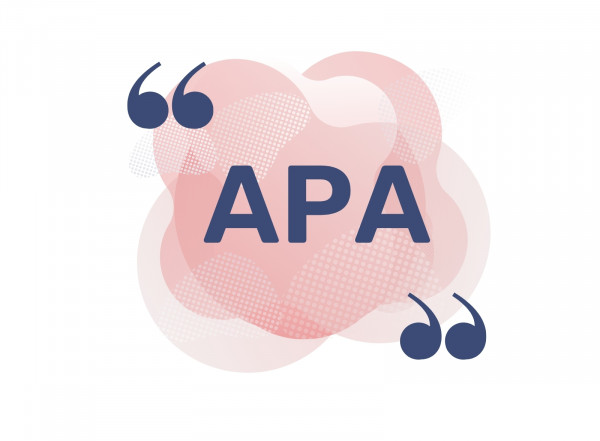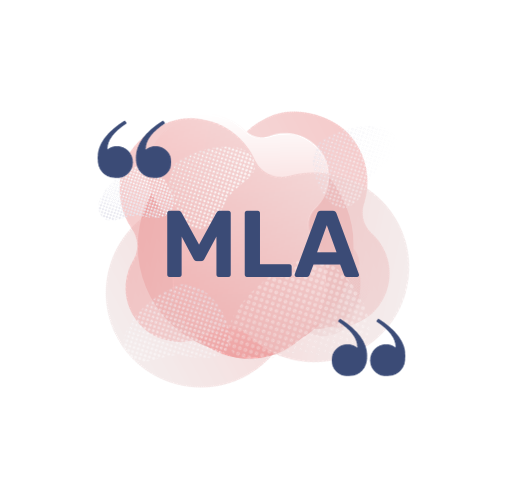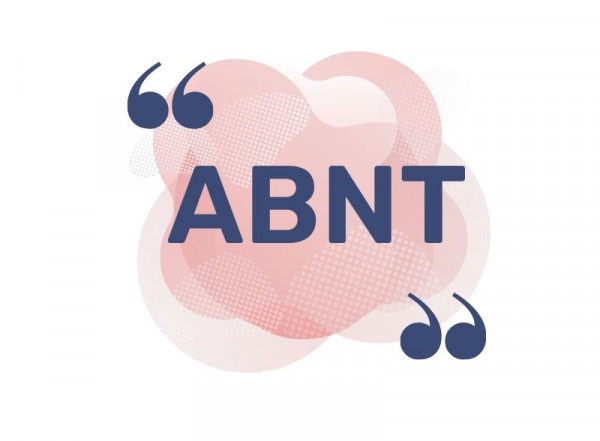When writing your internship report, dissertation, thesis or research paper, you’ll use quotations. Indeed, much of the information you provide has been proven and verified by other writers and scholars. Citations add value to your academic work.
This is why the sources you use must be mentioned and cited correctly in the body of the text, a footnote and/or an endnote in your document. A bibliography appears at the end of the document and shows a detailed list of sources.
There are several ways to cite authors using various citation standards. It is up to you to choose one that suits your needs best or the one that is required in your school or university. But how exactly do we do that? Let’s go through some do’s and don’ts in this article.
Summary











